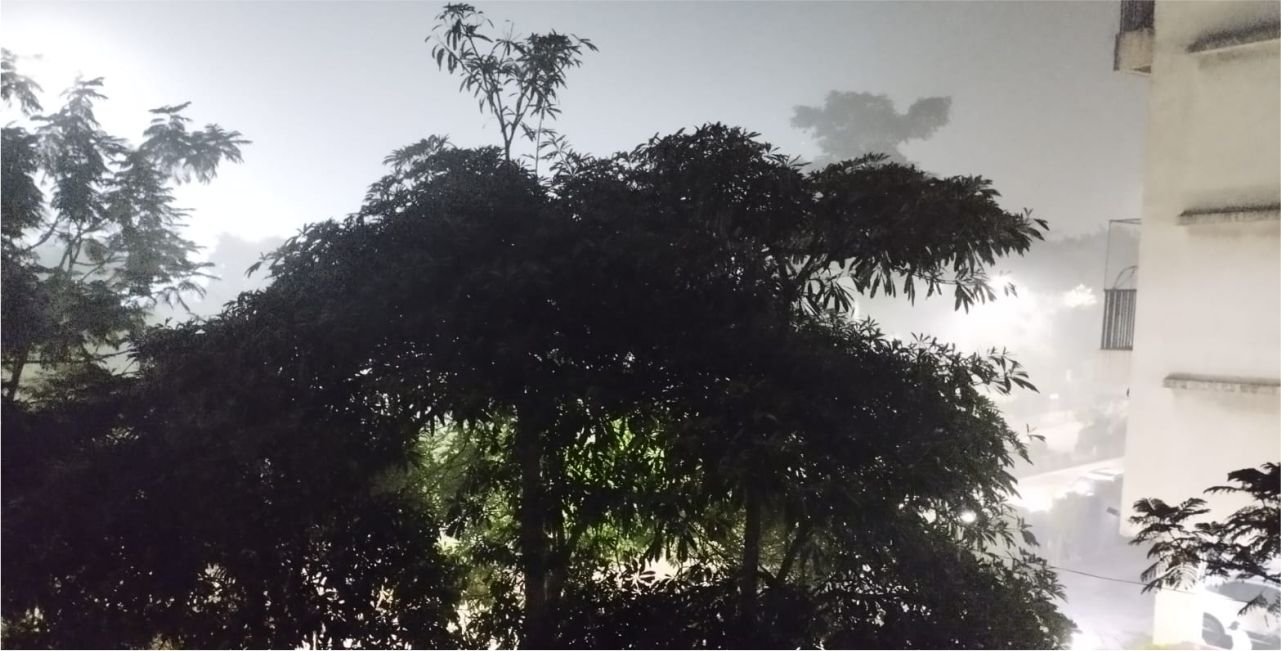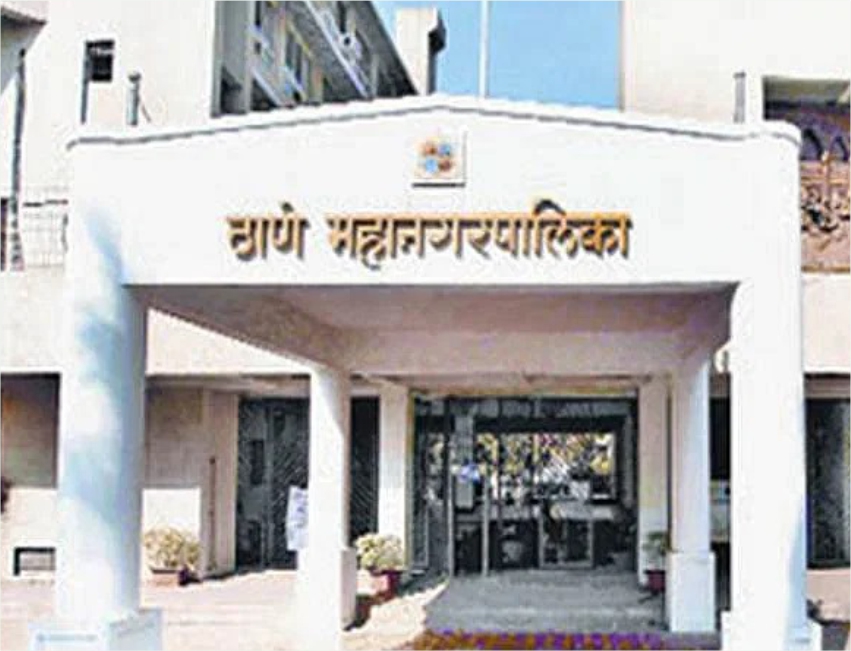Alarming air quality raises health concerns in Navi Mumbai during Navratri

- Indrani Basu
- 18 Oct, 2023
The persistently high Air Quality Index (AQI) in Kharghar, Nerul, and CBD nodes over the past few days has sparked serious concerns about public health. Adding to the anxiety is the ongoing Navratri festival, with citizens apprehensive about the well-being of their loved ones. The entire Navi Mumbai region is grappling with smog and air pollution, leading to a surge in health issues due to significantly elevated levels of suspended particulate matter in the air. Recently, Vashi and Koperkhairane nodes were classified as severely polluted, with residents exposed to toxic air infused with benzene and toluene chemicals emanating from nearby chemical factories, according to the Maharashtra Pollution Control Board's report on October 11th.
As of the morning of October 18th, the AQI in Kharghar registered at 313, categorized as "very poor." Similarly, in the Nerul node, the AQI was 193, marking it as "unhealthy." Residents have been enduring smog, particularly during the morning and evening, laden with chemical odors, causing discomfort and health disturbances among the local population. They have lodged complaints with the Maharashtra Pollution Control Board (MPCB) in the hopes of a swift resolution.
According to residents, the major culprits behind this concerning air quality are unchecked construction activities, the continuous movement of vehicles carrying construction materials and debris, quarries, crushers, explosions, and a perceived lack of action from the pollution control board.
Environmental activist Chhaya Taralekar, a resident of Sector 19 in Kharghar, expressed her concerns, stating, "Recently, the Air Quality Index has reached very high levels, which are classified as unhealthy and polluted. We are witnessing dense white smog with uncomfortably toxic, corrosive odors in the morning and throughout the night. This is causing headaches and breathing problems for every resident, young and old alike. The primary contributors are excessive construction activities along with industrial pollution and vehicular emissions." She went on to explain, "The Index indicates a high level of sulphur dioxide (SO2) and elevated pollutant levels, as indicated by PM 2.5. We have also noticed that the air quality is acidic, evident from our sweat's acidic odor. Furthermore, the high levels of nitrogen oxide (NO2) released from vehicles not only pose health risks but also negatively impact microbial activities, potentially harming biodiversity and mangrove growth."
Drawing on her experience as an environmentalist and avid tree planter (having planted over a thousand trees), Taralekar recommended, "I believe in the power of natural greenery and planting native trees to combat air pollution. We need to grow more than 9 lakh native trees. Once these trees mature, typically at around five years of age, they have the capacity to absorb dust, pollution, and harmful gases from the air, contributing to a cleaner environment."




